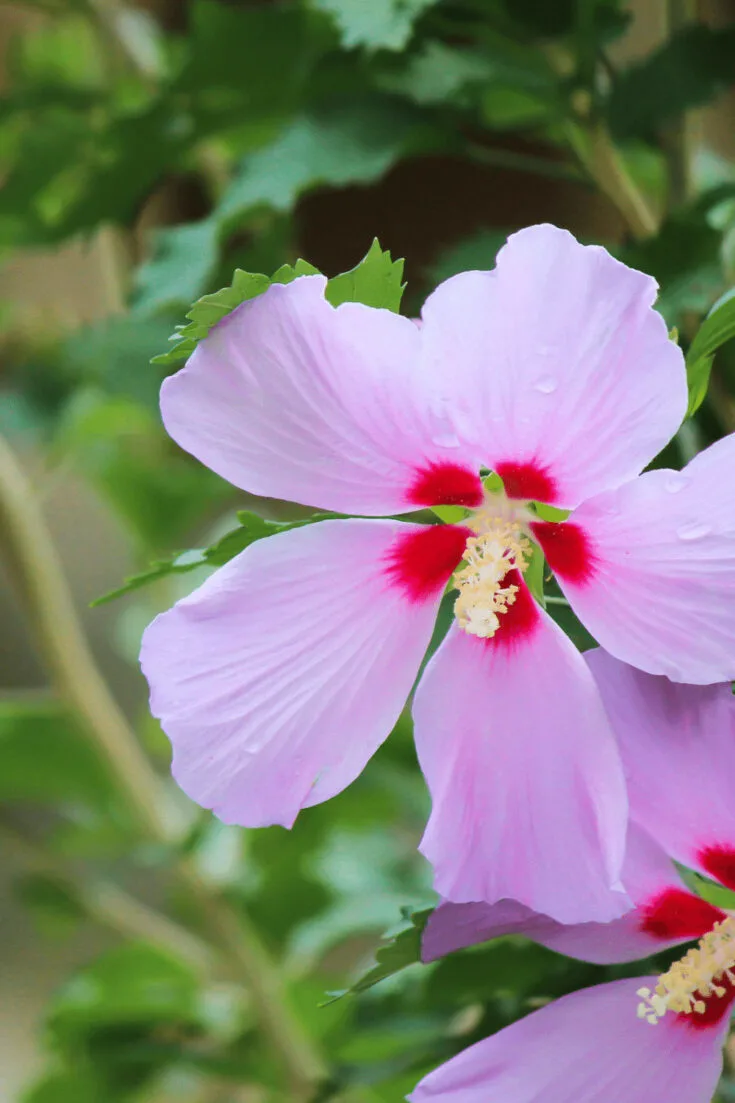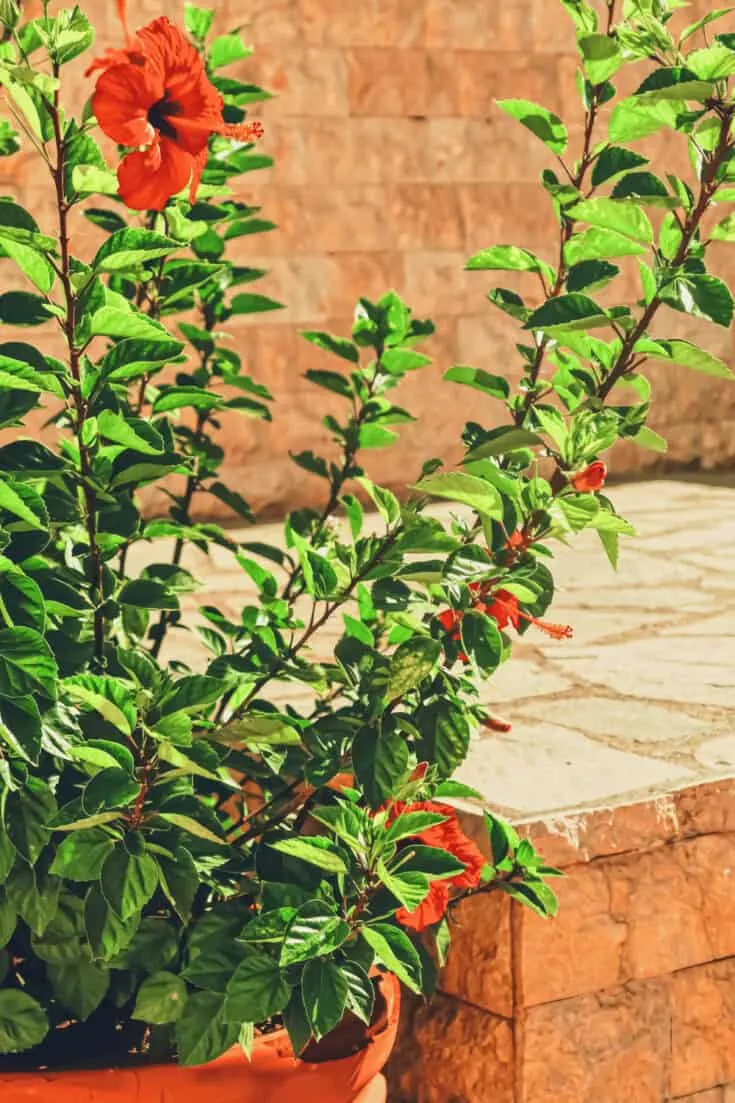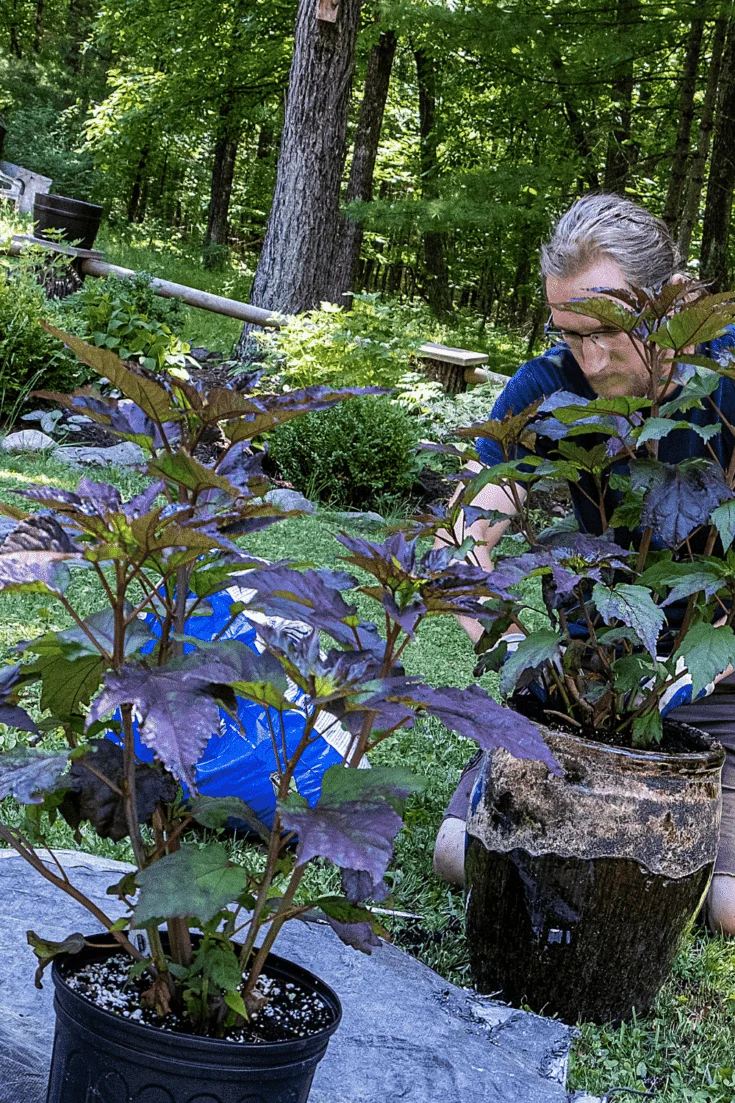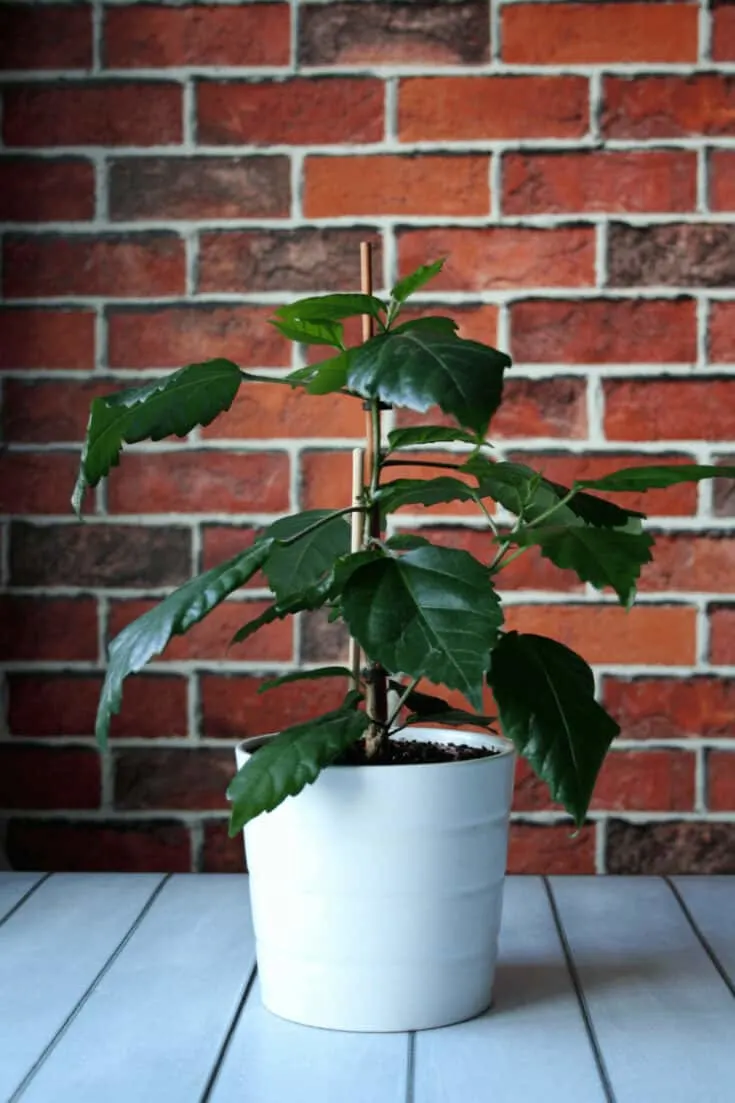Hibiscus is part of the mallow or Malvaceae family and is a popular garden plant.
They are native to tropical regions and are thought to have originated from China and the Pacific Islands.
There are over 300 different species of hibiscus, with more species being created and discovered over the past decades.
Hibiscus can reach a height between 2-8 feet depending on the cultivar according to Illinois University.
Hibiscus gained popularity due to their perennial qualities, meaning their bright and exotic flowers grow back every year.
So, are you now ready to learn how to propagate a hibiscus?
Learn about it more here in this article.
How to propagate a hibiscus?
To propagate a hibiscus take 6 to 8-inch (15-20cm) cuttings from a parent plant. Dip the freshly cut stems into a rooting hormone to aid the process of growing new roots. Place the stems into soil consisting of 3 parts sand and 1 part soil and water every 3-5 days. It should take between 4-6 weeks for new leaves to form on the cuttings.

How to Propagate a Hibiscus
Table of Contents
Hibiscus Propagation
Propagating a hibiscus from cuttings is the most popular form of hibiscus propagation.
This method is where you take cuttings from a hibiscus plant and use those cuttings to grow them into more hibiscus plants.
This will create a hibiscus that is a carbon copy of its parent plant.
It will be a 100% clone of the mother hibiscus plant.
To propagate a hibiscus from a cutting start by selecting which hibiscus stem you are going to cut.
To ensure propagation is successful, be sure to choose a plant that has lots of viable stems.
These stems will have smooth branches with lots of green leaves.
The healthier that your parent plant is, the higher chance of success you will get when propagating them.
Start by cutting away from the plant at a 45-degree angle, with a length of between 6 to 8 inches (15-20cm).
You should cut just below a node (or eye) of the stem to prevent any damage from occurring to your hibiscus plant.
Once you have made your cuttings start to remove some of the leaves from the stems.
Using your clean pruning shears, remove all but a few of the smaller leaves.
Removing a majority of the leaves will help improve oxygen levels in your young hibiscus plants as they begin to grow.
Never pull the leaves directly from the cuttings. Using shears or scissors will avoid any damage to the fibers in the freshly cut stems.
The next step is to prepare your stems so that they are ready for planting.

To propagate hibiscus take 6 to 8-inch (15-20cm) cuttings
Using a clean gardening tool such as scissors or a knife, gently score the sides of the end of each stem.
Be sure to score very lightly.
You should scratch into the outer layer of the plant’s root (also known as the epidermis), but not damage the stem itself.
This will increase the area from which roots will grow.
Dip the stems’ ends in a rooting hormone. We recommend using a rooting gel, as it is a mess-free option that is very straightforward to use.
Place the cuttings 1.5-2 inches (3.5-5cm) deep into the soil or sand mixture.
Ensure that the soil is firmly packed around the cutting to provide support as the roots start to form.
When to begin hibiscus propagation
The best time to propagate a hibiscus is late spring or early summer.
Your hibiscus plants will need lots of bright but indirect sunlight to begin their growth process.
Avoid propagating hibiscus during cold seasons, unless you own a greenhouse or heat mat.
These plants originate from warm and tropic environments where the temperature is usually over 100 degrees Fahrenheit.
If the environment you are propagating your hibiscus in is a very low or frosty temperature, they will have a slim chance of survival.
Materials needed to propagate a hibiscus plant
When propagating any plant, it is important to use clean and sterile pruning shears.
This will prevent any risk of infection to both the parent plant and the fresh cuttings.
Many use a growth or root hormone when propagating.
There are many varieties of root hormones in the market, but any simple rooting gel works well.
This will help encourage new roots to grow and increase the chance of viability.
You will need to plant your hibiscus cuttings in a soil mix that has enough drainage to help the stems begin to root.
A mixture of 3 parts of fine sand and one part of regular houseplant soil works perfectly and will provide adequate draining for your plants.
Hibiscus plants need lots of water.
Propagating the cuttings in a pot that has a drainage hole will prevent root rot and other issues that come with plants that enjoy moist environments.

Use 3 parts sand and 1 part soil for hibiscus cuttings
Watering
The soil mixture will need to be thoroughly soaked every few days as a way of stimulating your stems to grow new roots.
Don’t let the soil become completely dry, but ensure that it is only slightly damp before watering again.
Over or under-watering your soil could stop the propagation process entirely, and cause the newly cut stem to die.

Water hibiscus cuttings every 3-5 days when propagating
Environment
Hibiscus are plants that are native to tropical areas, meaning they thrive in warm and humid environments.
Thus, it’s best to keep the pots in a bright area that receives lots of indirect sunlight.
For a higher chance of success, place your pots on a windowsill in a plastic lidded box.
This will imitate the warmer conditions by creating a greenhouse effect and should speed up the propagation process.

Within 4-6 weeks new leaves should start to form on hibiscus cuttings
Frequently Asked Questions About How to Propagate a Hibiscus
How long will it take for my hibiscus to bloom?
It can take between 6-24 months for the plant to reach full growth. After this, your hibiscus should bloom every summer and will flower again every year.
How many cuttings can I take from one plant?
Avoid taking more than 5 cuttings from each hibiscus plant. Cutting too many of the stems can sometimes make the hibiscus plant stop growing altogether.
Do I need to regularly prune my hibiscus?
Pruning your plant is not an overly necessary part of hibiscus care. Hibiscus plants should only be pruned in the spring, and only if you notice a yellow discoloration in older leaves.

Daniel has been a plant enthusiast for over 20 years. He owns hundreds of houseplants and prepares for the chili growing seasons yearly with great anticipation. His favorite plants are plant species in the Araceae family, such as Monstera, Philodendron, and Anthurium. He also loves gardening and is growing hot peppers, tomatoes, and many more vegetables.


